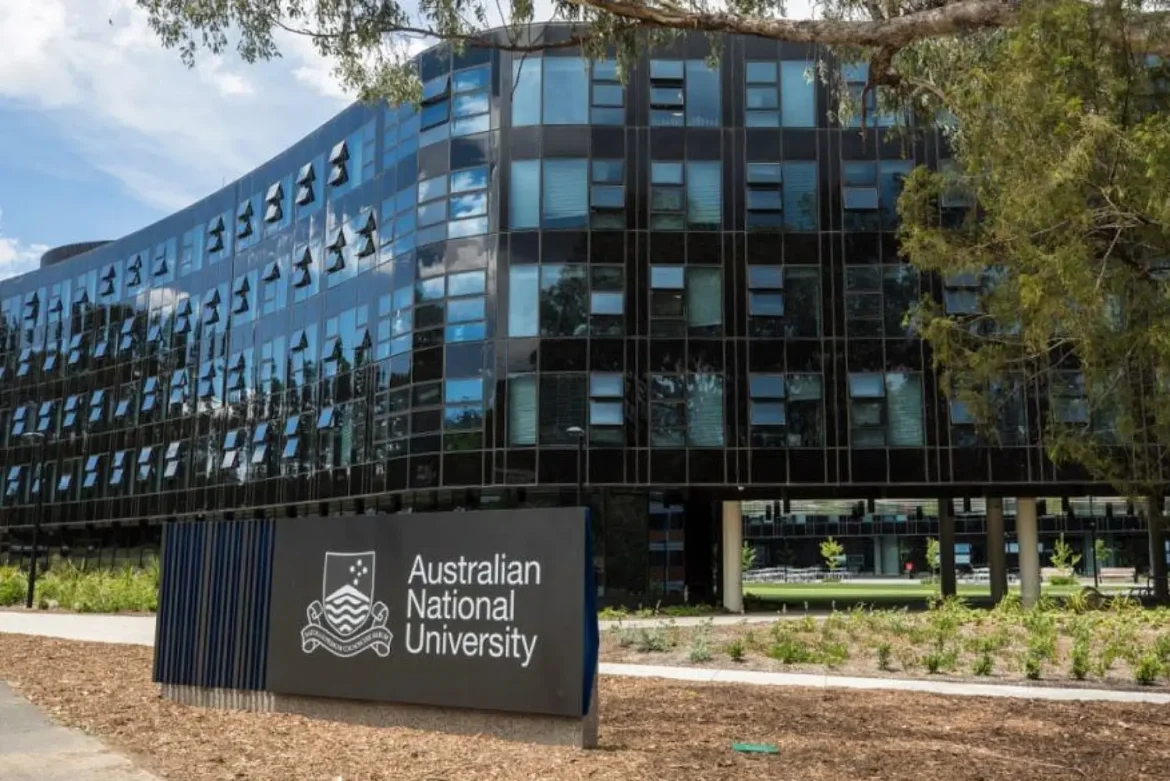Economic factors also play a role in shaping these relationships. As competition for international students intensifies, Australian universities see value in expanding their footprint in emerging economies with growing middle-class populations. Families in Southeast Asia are increasingly seeking high-quality education abroad, and Australia’s proximity and cultural ties make it an attractive option. By establishing deeper institutional connections, universities hope to secure a steady flow of students while supporting bilateral relations between nations.
Advertisement
However, challenges remain. Issues such as visa processing delays, cost of living pressures for students, and varying educational standards across countries need to be carefully managed. In addition, universities must balance the need to attract international enrolments with maintaining quality and accessibility for domestic students. Policymakers have emphasised the importance of ensuring that international collaboration does not undermine local education priorities but instead enriches them through shared knowledge and resources.
The expansion of academic partnerships in the Asia-Pacific highlights Australia’s strategic focus on its regional neighbours. With ongoing political and economic shifts across the world, these collaborations represent an opportunity to build stronger ties, promote innovation, and prepare the next generation of graduates for a more interconnected future. For universities, students, and communities alike, the benefits of this trend could extend far beyond the classroom.

